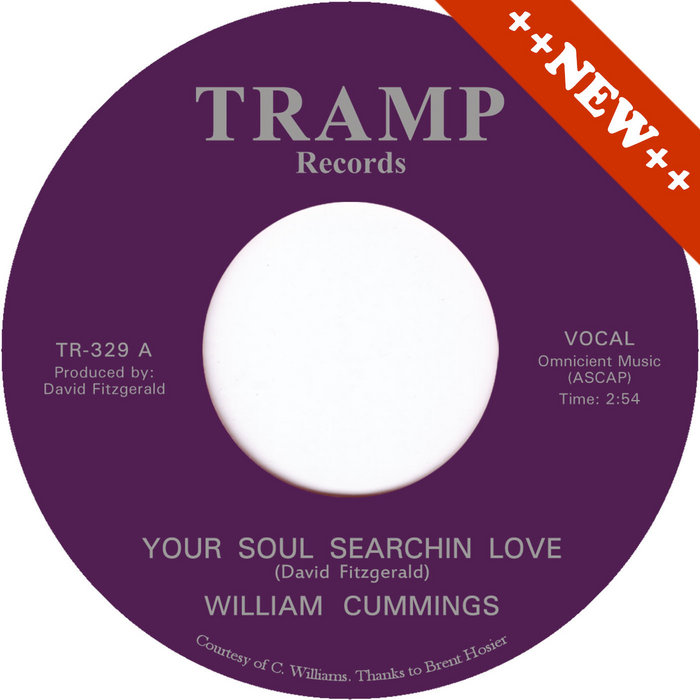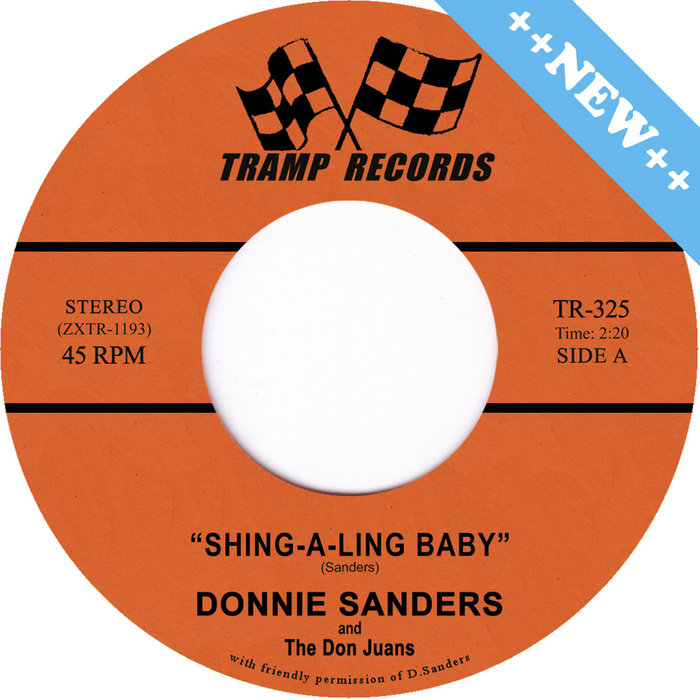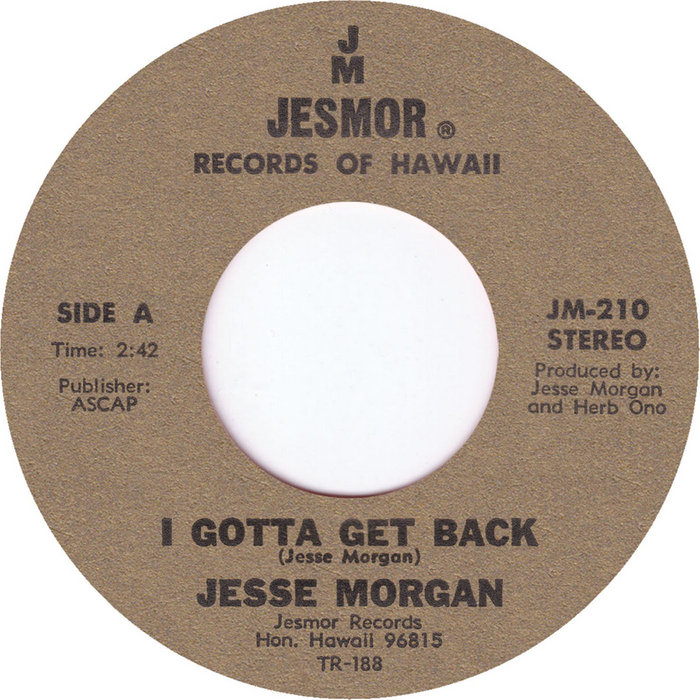
Your Soul Searchin’ Love – WILLIAM CUMMINGS
this blog is GROOVY – check out great Soul, Funk, Jazz, Hip Hop, Bass, Breaks , Reggae, House n many more TUNES
Hey there, groove enthusiasts! Let’s dive into the rhythmic world of music that makes you feel nice—feel-good tunes that put a pep in your step, brighten your day, and bring smiles to faces. Whether it’s sunshine-infused reggae or funky disco beats, this is the soundtrack to joy. So strap on your dancing shoes, and let’s wade through the joyous history of this uplifting genre!
The feel-good vibe has been around since humans first discovered they could shake their hips and make joyful noise. It’s like when cavemen started banging rocks together; they probably didn’t call it “music,” but we know it felt groovy!
Fast forward to the mid-20th century—a whirlwind era for vibrant sounds. With rock ‘n’ roll taking flight in the 1950s, artists like Elvis Presley and Chuck Berry brought energy and excitement that made people wanna jive. Their songs weren’t just playlists; they were party starters.
In the 1960s and ‘70s, things really kicked off with soul music—the heartbeat of happiness! Artists like Aretha Franklin and James Brown served up powerful vocals paired with infectious rhythms that had everyone feeling nice.
Did you know? James Brown was known as “The Godfather of Soul” but he also had another title: “the hardest working man in showbiz.” He famously performed a concert after being jailed overnight for a traffic violation—now that’s dedication!
And oh boy… can we talk about Stevie Wonder? This guy wasn’t just blind; he was also blessed with an ability to sprinkle magic dust over every tune he crafted. His hit “Sir Duke” celebrates music itself—and honestly who doesn’t want to celebrate good vibes?
Then came disco at the end of the 1970s—bright lights, glitter balls everywhere! Think Saturday Night Fever with John Travolta busting some moves on screen while Bee Gees serenaded us from above.
Disco was all about letting loose on dance floors across America (and beyond). You couldn’t escape hits like “Stayin’ Alive” unless you lived under a rock—or were too busy doing “the hustle.”
But here’s something funny: Many DJs adopted wild stage names during this time! Take DJ Kool Herc, who got his name because… well … he thought cool sounded cooler than his real name—Clive Campbell! Gotta love how creativity strikes even behind turntables!
As we boogie into our next chapter—the ‘70s also ushered in reggae from Jamaica led by legend Bob Marley. His laid-back grooves filled hearts around the globe despite heavy messages often found within his lyrics. Tracks such as “Three Little Birds” became instant classics reminding us not to worry because everything’s gonna be alright—and isn’t that what feeling nice is all about?
Here comes a fun fact: Bob Marley once played soccer against police officers while waiting for his concert performance—it ended up being more entertaining than planned since both sides took it seriously enough to sweat it out before hitting those sweet musical notes.
By now we’ve cruised through decades where feelings good ruled supreme—but let’s not forget pop music gained serious traction too! From Michael Jackson moonwalking into our lives with hits like “Don’t Stop ‘Til You Get Enough” (and believe me—you won’t!), to Madonna pushing boundaries along her wild ride from punk-inspired beginnings towards massive pop stardom.
One hilarious moment happened during an award show when she mispronounced “Vogue” as “Vogur”. Honestly, that’s befitting any way ’cause each beat is meant purely for runway struts anyway!
Today’s soundscape continues evolving nonstop blending elements old-school-style while infusing fresh flavors—from indie bands crafting sun-soaked melodies perfect for laid-back afternoons at parks or beach bonfires (hello Tame Impala) transforming instruments into feel-good sensations alongside mainstream icons making catchy bangers (we see you Billie Eilish).
As we reach today’s multi-genre scene where everyone seamlessly mixes R&B vibes mixed with hip-hop beats chased closely by dubstep drops revealing fresh talents readying themselves worldwide touring endlessly spreading these recipes efficiently whatever platform available—including casual TikTok challenges designed solely aimed at making people smile instantly become viral sensations helping connect communities forever united via shared laughter-filled audio experiences!
So until next time keep swaying those bodies whether alone or surrounded by friends whenever life’s challenges appear threatening remember there’s always room between breaths laden babe-in-the-moonlight gentle whispers answering back through harmonious wonders celebrating life-building moments streaming endlessly upon repeat ensuring ultimately one important message remains clear:
Feeling Nice Matters Baby — Let The Good Times Roll !

Your Soul Searchin’ Love – WILLIAM CUMMINGS

Shing-A-Ling Baby – DONNIE SANDERS & THE DON-JUANS

I Gotta Get Back – Tramp Records 45s